Q&A: New Coyotes Coach Rick Tocchet on a Young Franchise and Lessons From Pittsburgh

As his 17-year-old son steered from campus to campus on their summer college tour, Rick Tocchet sat shotgun and went to work. With hours to kill and a new roster to learn, he fired off calls and texts from the open highway, introducing himself to players, setting expectations for his first season coaching the Arizona Coyotes. Upon hanging up from one such chat, Tocchet heard some helpful advice from behind the wheel. “Dad,” explained Trevor Tocchet, “just tell them what you like. You don’t have to keep mentioning Pittsburgh.”
The kid was correct, of course. “Sometimes you forget you keep saying the same thing,” Tocchet admits with a laugh. But he simply couldn’t help himself. After three seasons and two Stanley Cups as an assistant on the Penguins’ bench, Tocchet had gathered a wealth of systematic knowledge and inspiration for what he now plans to implement in Arizona. It was only natural that he draw upon recent experience. “In Pittsburgh, there was a no-excuses kind of thing,” he says. “When a player got to the rink, the organization gave that player every opportunity to succeed. I love that. I want to supply that here.”
A long road separates Tocchet from replicating what his former team has accomplished in recent years. Last season the Coyotes finished with a 30-42-10 record and 70 points—third-to-last in the Western Conference, third-to-last in the NHL, third-to-last in goals allowed, fourth-to-last in goals scored. But there is hope on the horizon. Under normal circumstances, Max Domi (22 years old), Christian Dvorak (21), Dylan Strome (20), Clayton Keller (19) and Jakob Chychrun (19) might be attending the same colleges that Tocchet and Trevor toured; instead, they are core members of the rebuild. Goalie Antti Raanta and center Derek Stepan arrived via trade from the Rangers this offseason, while defenseman Oliver Ekman-Larsson remains one of the league’s most hidden gems. There is speed, and there is youth. In Tocchet’s eyes, this makes his role glaringly obvious.
Coyotes Icon Shane Doan Retires After 21 Seasons
“Listen, I get it,” he says. “We have a lot of youth. We’re an inexperienced team. But you’ve got to let these guys spread their wings and grow. There are going to be mistakes. Absolutely. But if the mistakes are hard-working mistakes, or their hearts are in the right place when they make a mistake, that’s fine. I’ve got no problem with it.
“The way this team is built with youth and speed on the wings, we have to pick the pace up. We’ve got to be relentless on the puck if we’re going to be relevant in the league. A lot of stuff I do is puck possession, a lot of onus on the puck carrier. I’m a big believer in that. When the puck carrier goes, I want everybody to go. I think if you give that latitude to the puck carrier in September, October, he’s going to make better decisions as the season goes on, and the skill level of making those plays will get better by putting this guy under pressure.”
Pressure? Tocchet knows plenty about that. As a player he won the 1992 Stanley Cup with Pittsburgh and appeared in two more Cup Finals for Philadelphia in the mid-1980s. He was an assistant under Wayne Gretzky in Arizona, a midseason hire as Tampa Bay’s head coach in ‘08-09, and most recently became a trusted voice for the likes of Phil Kessel and Sidney Crosby in Pittsburgh. And so, less than two weeks before the Coyotes open their inaugural training camp with Tocchet at the helm, he spoke with SI.com about returning to the desert, fielding late-night calls from a future Hall of Famer, and a YouTube video that will haunt him forever.
Sports Illustrated: As you’re cruising from college to college, talking and texting your new players, what’s the reaction on the other end of the line? What are they telling you?
Rick Tocchet: Everybody’s excited. Obviously I’m excited, the players are excited. I’ve got young guys. Everybody’s going to say the right thing. Even I’m going to say the right thing. Now it’s about action—for me, too. If I’m going to preach what kind of coach I’m going to be, the way I want us to play, I have to make sure I’m diligent and doing the proper things to teach these players. It’s the same thing. You’re telling players I’m excited, I can’t wait to do this, do that...well that’s great. But it’s about action.
Another thing is that there’s a lot of anxiety. Imagine: You’re 20 or 21, in the best league in the world, there’s pressure to stay in the league, let alone compete. So I want to make sure, how can I use that pressure? That’s going to be one of my goals early, to try to take the pressure off these kids, that high anxiety. How can I help so they’re more at ease, so they’re more relaxed? That’s going to be a big challenge for me.
SI: How do you do that?
RT: Communication, right off the bat. You’ve got to let them know where they stand. Maybe one day, it’s just about talking, what did you do last night? Watch TV? What’d you watch? Doesn’t have to always be about hockey. I think that can ease a player. Just trying to create an ease for the player by that.
SI: Do you think you could coach someone in 2017 the way you were coached when you played? In other words, has the way that coaches individually manage players changed?
Q&A: Predators’ Coach Peter Laviolette on the Olympics, Pregame Speeches and His Dog Stanley
RT: I don’t want to throw other coaches under the bus back in the day, because I had some great coaches when I played, but I’m not sure that style of coaching could work in today’s game. I don't think you can be a real hardass, my-way-or-the-highway, you-better-do-this-or-you’re-not-going-to-play type of coach these days.
Players today are smart. They’re young, they’re smart, they’re in shape, they want to do the right thing, but they want answers. They want to know why. Back then, we didn’t really ask why sometimes. You just did it. Players today will do it, but you better have a good answer for why we’re doing it and you better communicate it with them. If you don’t, I don't know if you’re going to get the maximum out of that player.
SI: That’s been your reputation, that you form personal relationships with players. But now you have an entire roster to learn, and in short order.
RT: Process is the biggest word in sports. Everyone uses it. Process, process, process. And I agree with it. You can’t hurry up the process because things aren’t going well at the start, or things aren’t successful. I think you still have to stick to that process and believe in it. Look at some of the teams in the NHL.
Look at Toronto, two years ago. They didn’t win, but they believed in what they were doing, they stayed with the process, and they had a really good year last year. I think those types of teams that have the...god, what’s the word...I don’t want to say balls...but when you really believe in what you’re doing, if things don’t go well, there are going to be naysayers and outside pressure on you, but you’ve got to stick to what you believe in to weather the storm. I think that’s something we’re going to have to do.
SI: What’s it like working for the youngest GM in NHL history [John Chayka]?
RT: He’s an outside-the-box thinker, which I like, always trying to push the limits. The way you train, the way you practice. I’m always thinking of different ways to practice. You want your assistant coaches to challenge that out-of-the-box thinking too. Even the way you play. Hey, why not put a defenseman in this situation up here? No one’s ever done that before, why not us?
He obviously agrees with what I think system-wise and how to approach these players, especially with communication. As much as systems and X’s and O’s, maybe 85 percent of the teams do the same thing. It’s that 15 percent you want to be different, whether it’s out-of-the-box thinking, or how you tweak the neutral zone, or where you want this defenseman to play, or how you want him to defend. Some teams have different ways of implementing things, like how a defenseman plays a puck in the corner. I know some organizations teach different than others. That’s the 15 percent difference.
From the Ice to the Bench: Behind the Rapid Transition from NHL Player to Coach
SI: What’s an example of an out-of-the-box idea you’ve been tossing around?
RT: Not to get specific, but the way your defensemen play, the way they defend or the way they join the rush. I think in Pittsburgh, our staff, we had a little different way of playing in the offensive zone, the way our defense were positioned and the way our forwards were positioned on battles in the corner. Especially when [head coach Mike Sullivan] came aboard, as a staff we implemented a system that I didn’t see any teams do it early on. Now a lot of teams do it.
SI: What was the latest that Sid ever called you at night to talk?
RT: He would text and say, “You up?” And it’d be 10 o’clock. I’d do the same to him. Whatever the topic, 10 o’clock, 10:30, things like that. He’s always thinking hockey, that kid. And that’s why I love him. But it wasn’t always hockey too. He made me a better coach, and a lot of those phone calls or texts really helped me, for sure.
SI: How come?
RT: Because he keeps you on your toes. “Hey, did you see that in this game tonight, the way this team ran a faceoff on the power play? What do you think?” I’d go, “Shoot, I didn’t even see the game,” so I’d take a look at the game, come in around nine in the morning and we’d take a look at it together. So I better have some good answers for him or analyze some good stuff with him. It made me a harder-working coach.
SI: You’ve been in close proximity to some legends over the years. Do you draw on that, things you can take from Wayne Gretzky or Mario Lemieux or Sid, just from being in their orbit?
RT: Mario and Wayne’s calmness in high-pressure situations, and the way they react to them is something I’ve learned over the 20-something years I’ve been involved in hockey. Or the hockey IQ of Sidney Crosby, watching him ask a question to one of the coaches, or say something in a meeting, or analyze something with the team, his hockey IQ is outstanding. There’s a lot of players I’ve learned over the years with work ethic, leaders in the room, but those three guys have special gifts. To be around those three guys, you can pick out some stuff and learn and implement it, for sure. I’m very lucky.
SI: Do you plan to, for instance, show video of Sid to your younger players in Arizona? How much do you think you’ll draw on your Pittsburgh time?
RT: It’s going to be a lot early, because the system that I do isn’t letter-for-letter to what we did in Pittsburgh, but it’s pretty damn close. If I’m going to show players how I want them to defend, I kind of have to show Pittsburgh, right? But I want to gather a library of all good stuff when we start to play and we start getting some good clips of the way we play. Then I’m going to erase those clips and put Arizona Coyotes in. But don’t get me wrong, when I watch Arizona, there’s a lot of good stuff there too. I think Dave Tippett’s a great coach. There’s some stuff there I don’t even want to change, because they did a hell of a job.
SI: I’m sure plenty of things have changed since your last time in Arizona. What’s the same?
Great Blunt Remarks By NHL Coaches
Peter Horachek
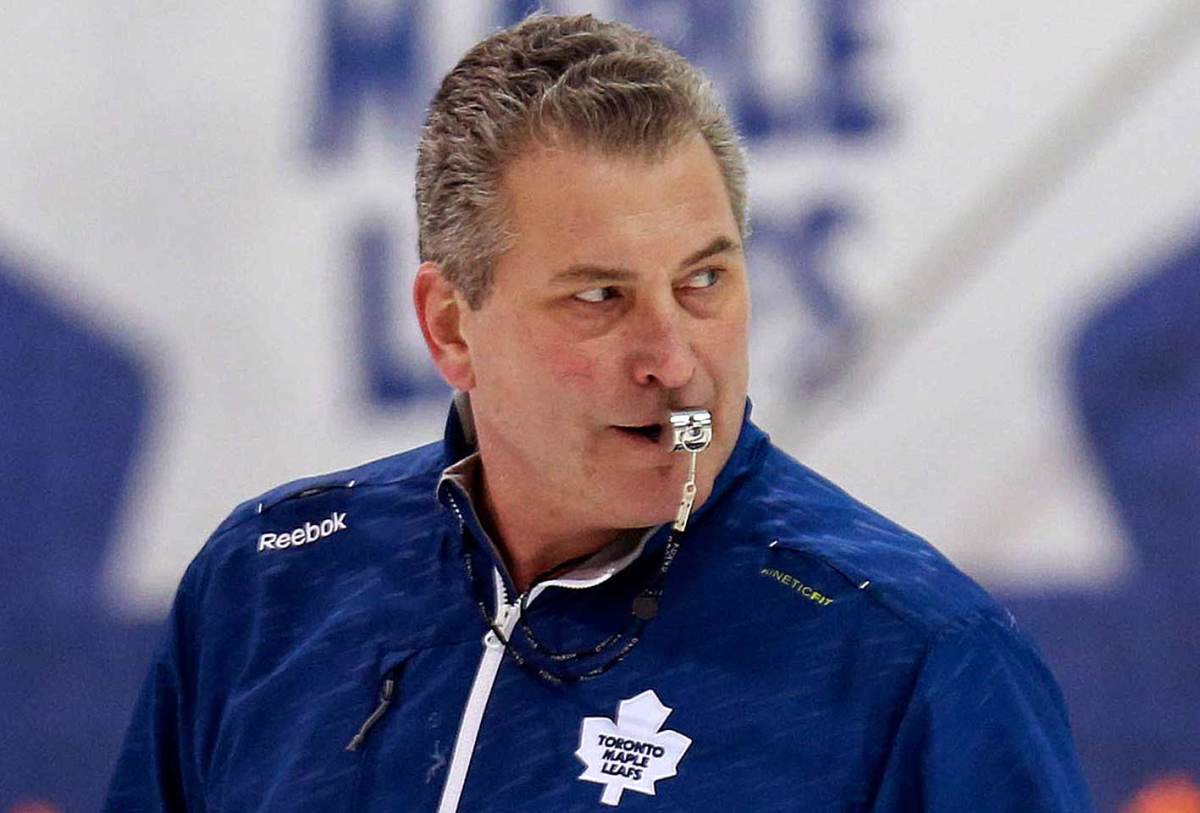
“The whole give-a-s--- meter has to be higher,”—after his slumping, lethargic Maple Leafs lost 5–4 to the Rangers on Feb. 10, 2015.
John Tortorella
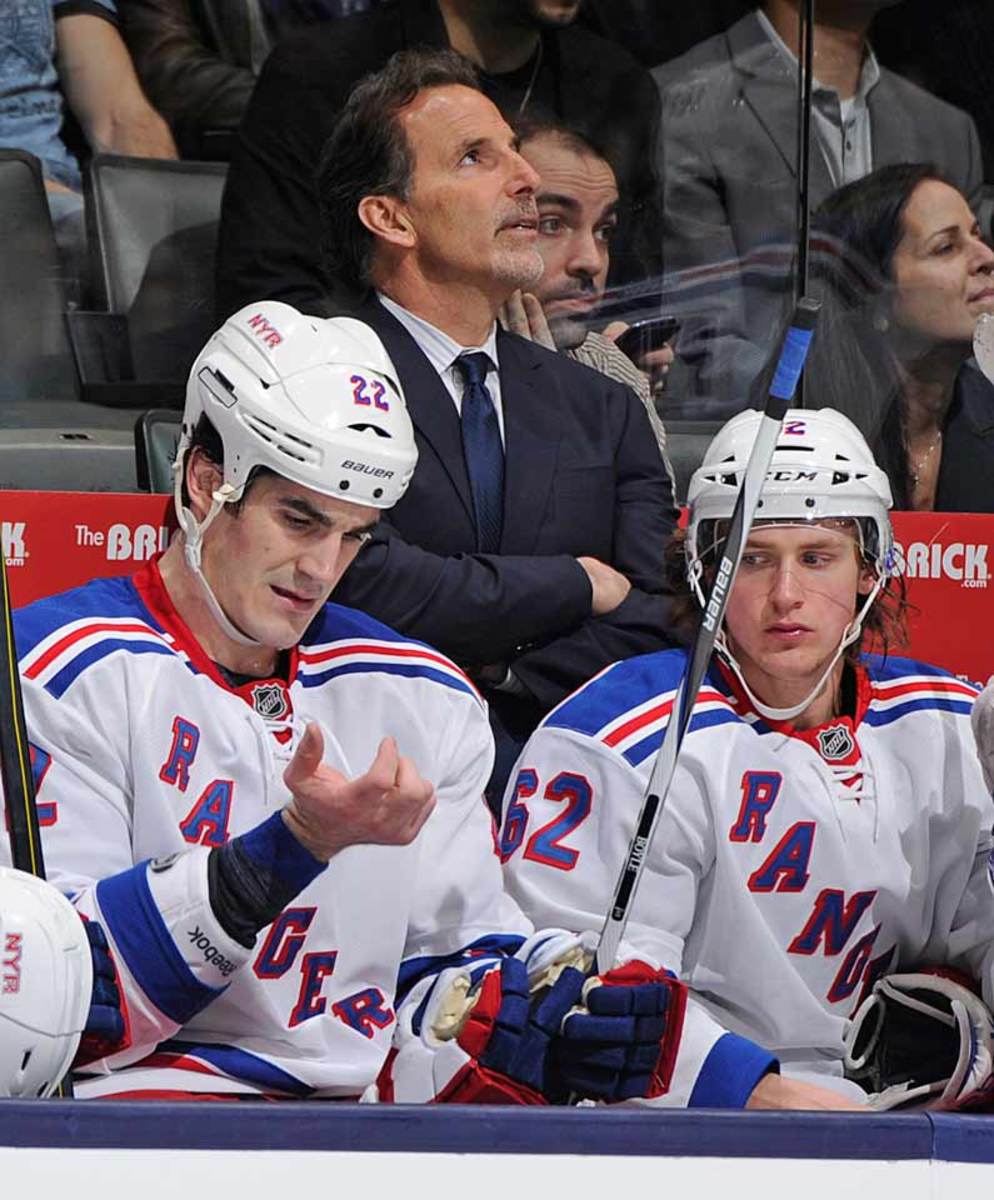
“I focus on the dumbness of [Carl] Hagelin … He played a hell of a game but that’s all washed off from dumbness.”—after his favorite whipping boy (62) drew a too-many-men penalty in a 2–1 win over the Flyers on Jan. 29, 2013. Also on Hagelin: “He stinks. I don't know why. I wish I could put him on the power play, but every time I put him on, he stinks.”—May 18, 2013
John Tortorella
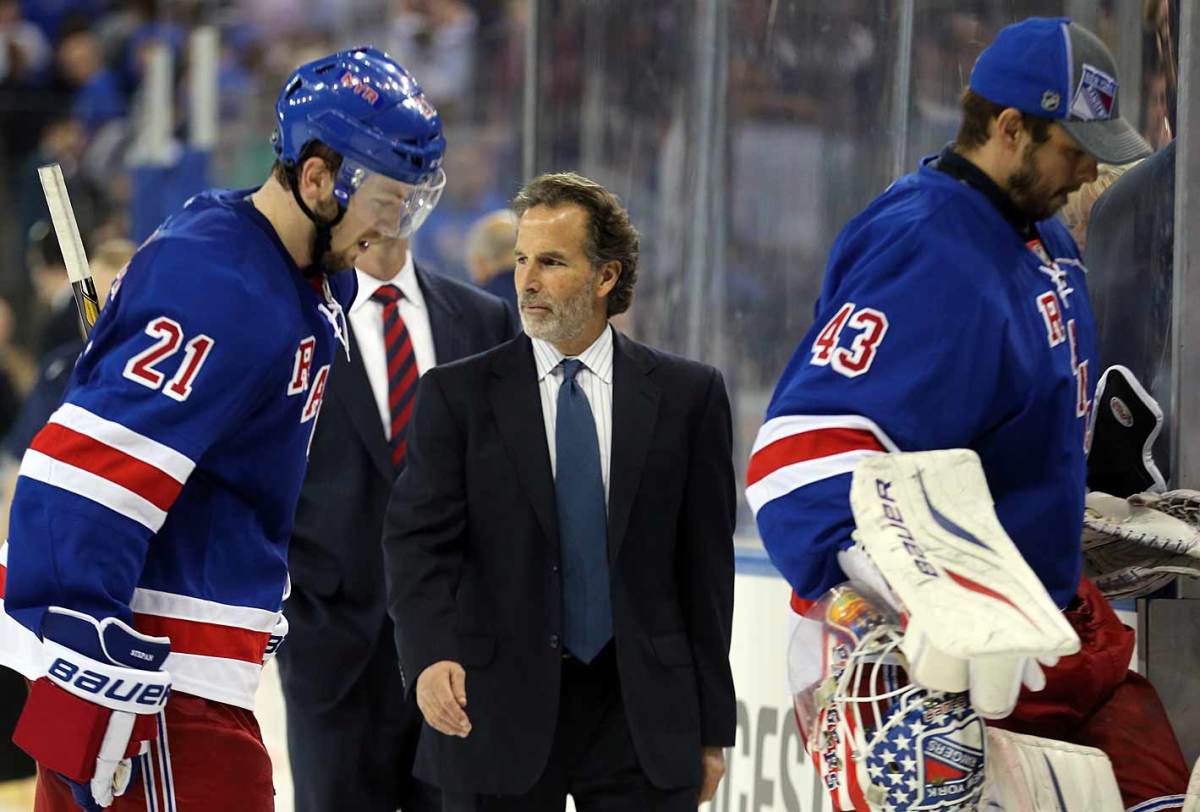
“We sucked from head to toe and we need to move by it.”— after his Rangers lost 2-0 to the Oilers on Oct. 22, 2011. Also: “We sucked, and we sucked at a time that you can’t suck.”—after a 3-1 loss to the Sabres on March 12, 2013
Harry Neale
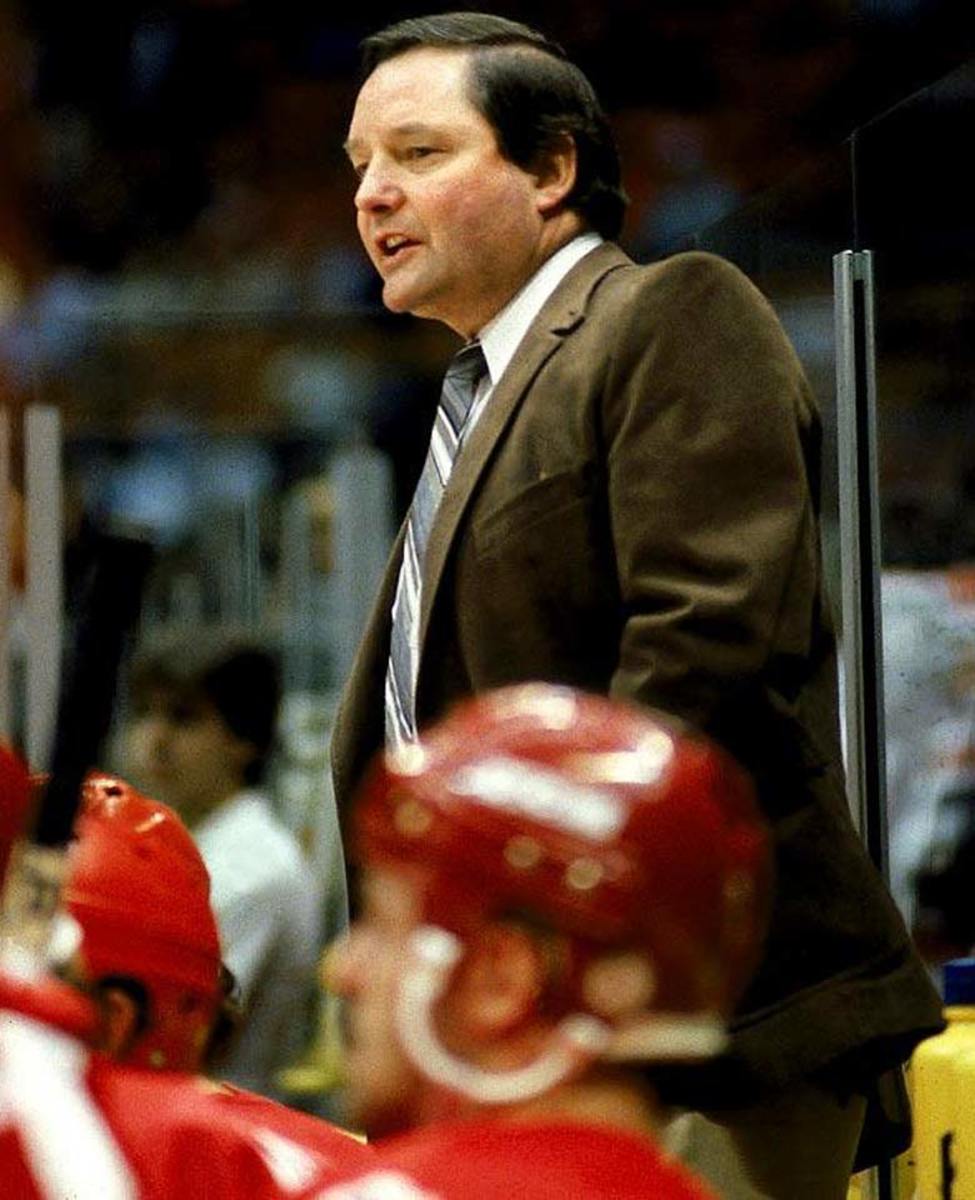
“I know my players don’t like my practices, but that’s OK because I don’t like their games.”—on his Canucks after a loss during the 1981–82 season. Also: “Last season we couldn’t win at home and we were losing on the road. My failure was that I couldn’t think of any place else to play.” Also: “Our system of forechecking is to shoot the puck and leave it there.”
Don Cherry
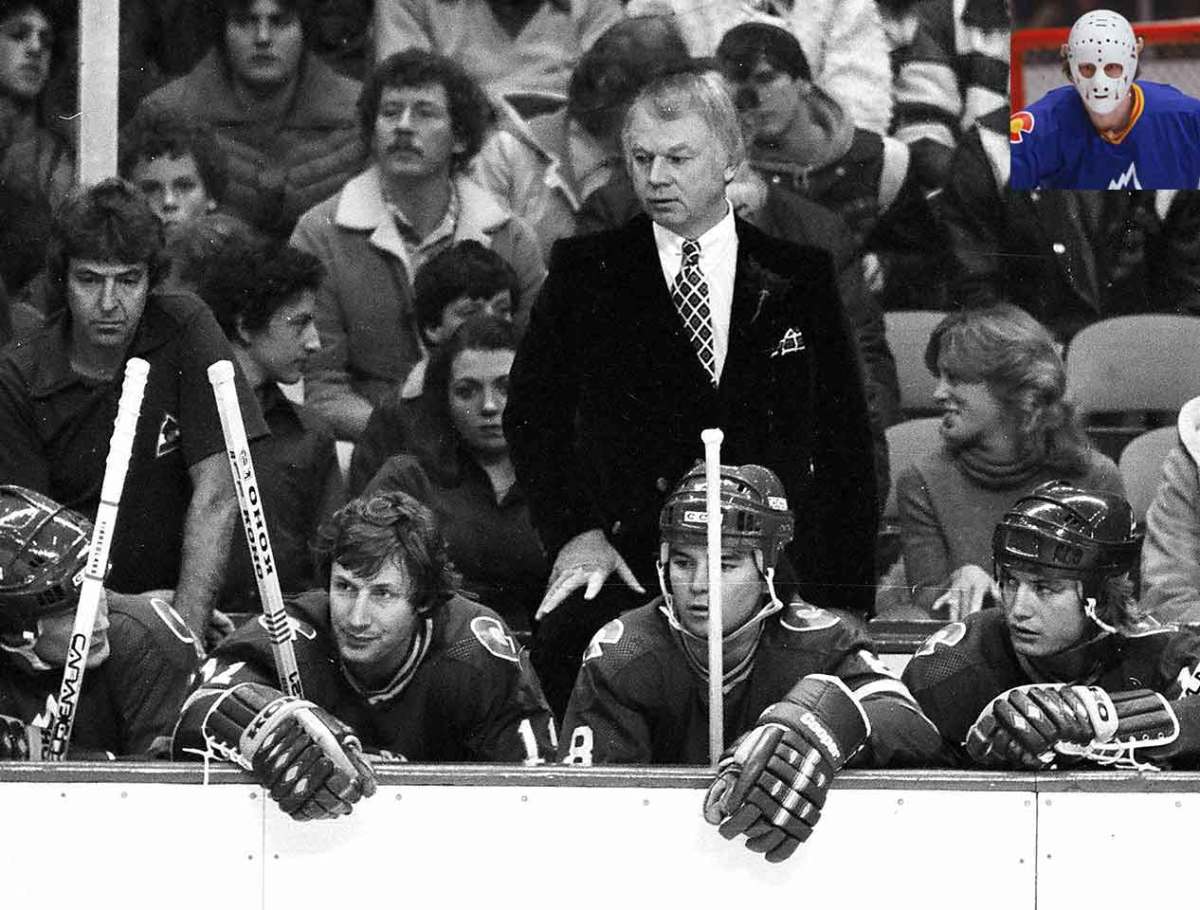
“Once, during a practice, Bobby Schmautz tested [goalie Hardy] Astrom with four shots from the blue line. Each one of them went right along the ice and beat Astrom. I doubt that my wife, Rose, would have missed more than two of them!”—on Colorado Rockies starter Hardy Astrom in 1979-80
Terry Crisp
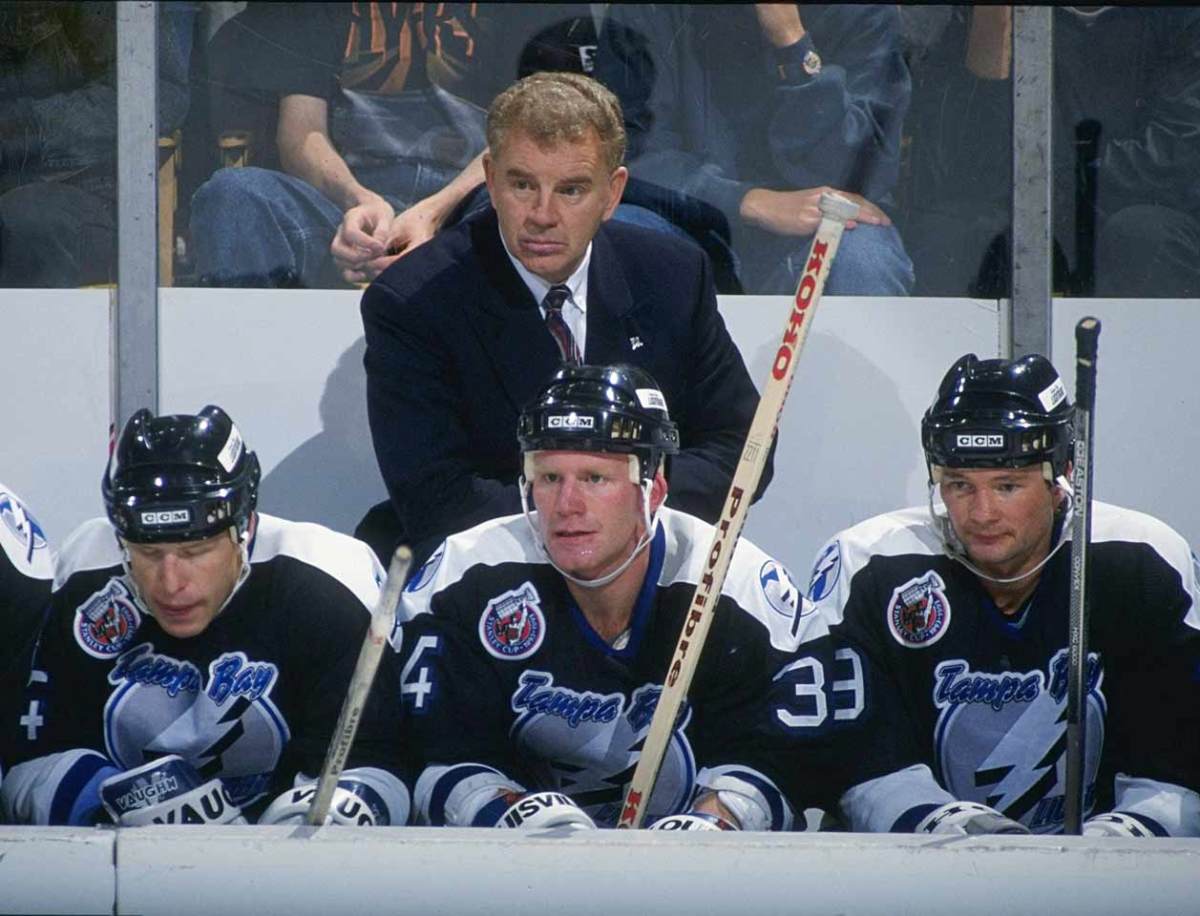
“The only difference between this and Custer’s last stand was that Custer didn’t have to look at the tape afterward.”—after his Lightning’s particularly ugly 10-0 blowout loss to the Penguins on Nov. 1, 1995. Also: “If our goalies were in a divorce case they could sue for lack of support and be millionaires tomorrow.”
Ron Wilson
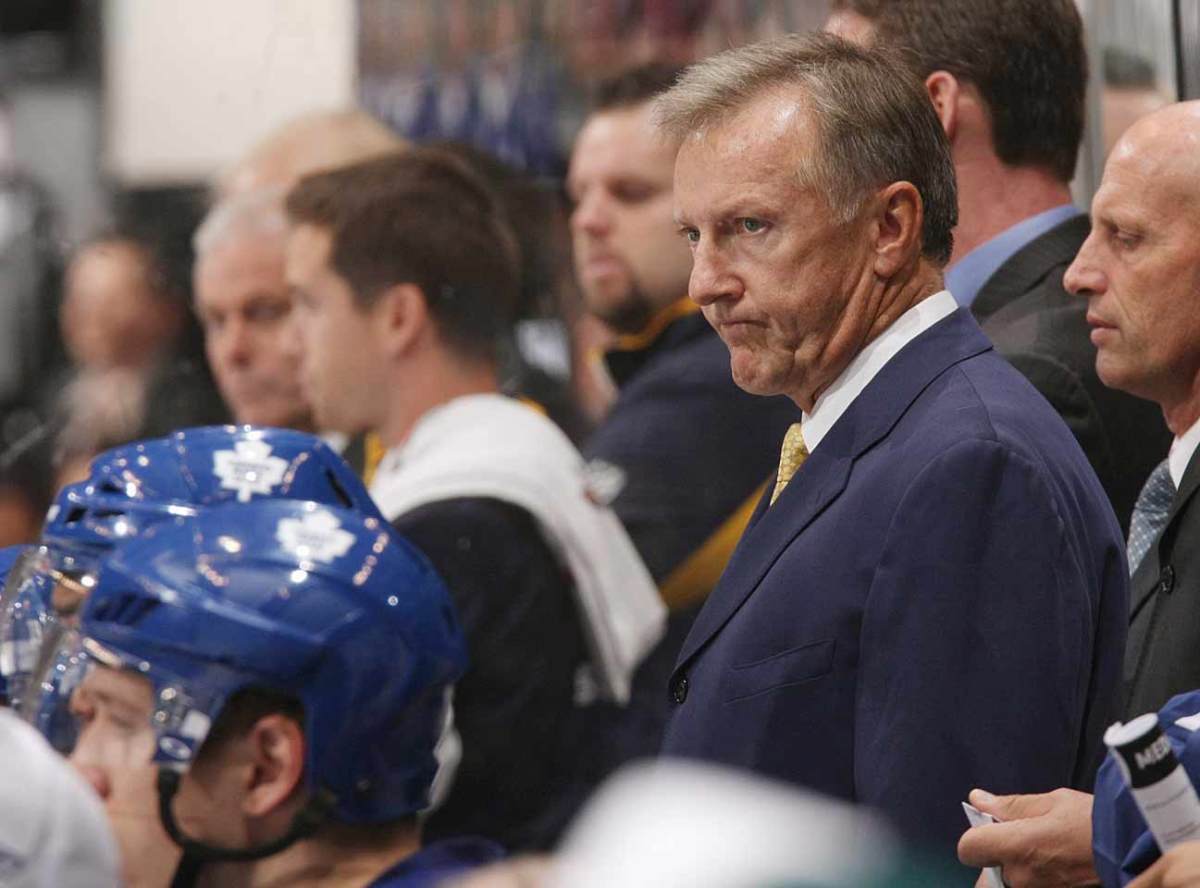
“We're not going to win the Stanley Cup this year. There’s a news flash for you.”—on his Maple Leafs after an exhibition game in September 2008
John Brophy
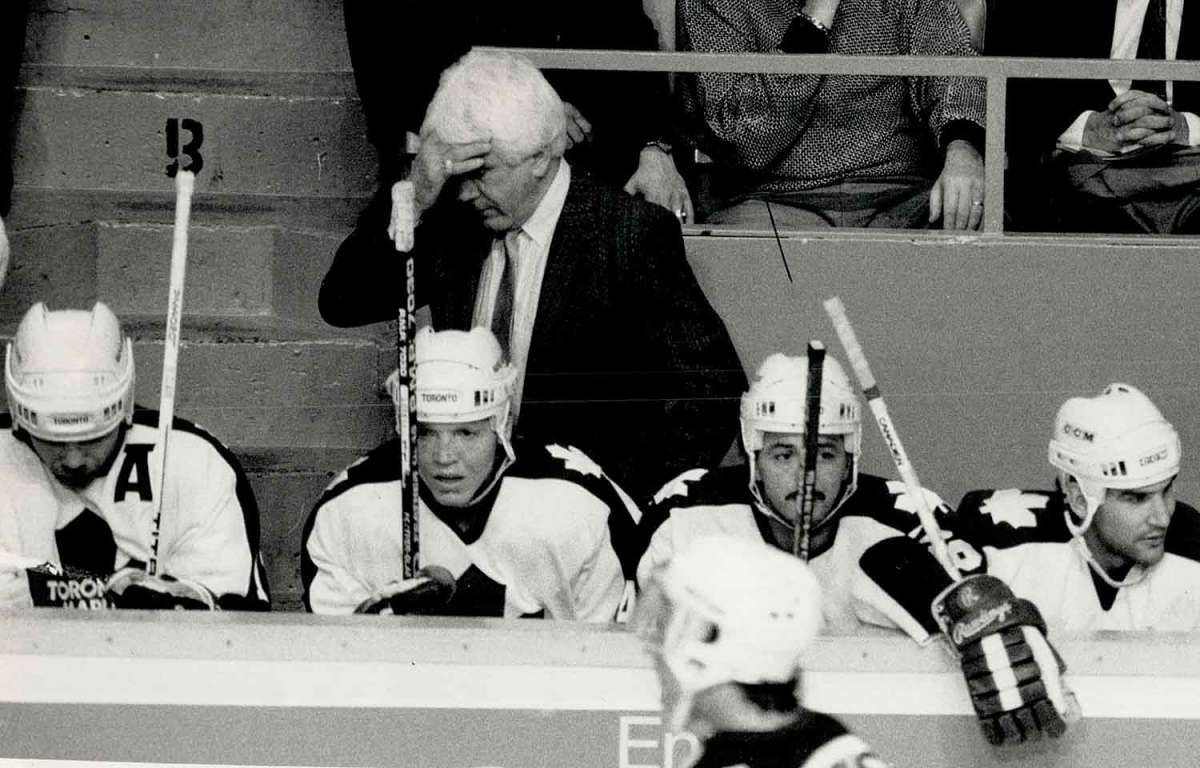
“It’s a disgrace, I’m sick and f-----’ tired of makin’ excuses for all these f-----’ guys that’s gettin’ paid on this f-----’ hockey club, blamin’ it on someone else all the f-----’ time. Who are these f-----’ people who drag that f-----’ uniform through the f-----’ mud? For Christ’s sake, there have been great players play in the thing, and then [they] act like this here. Who are they? It’s embarrassing. It’s f-----’ embarrassing.”—part of Brophy’s rant—which included 72 f-bombs—about his Maple Leafs in 1988.
Mike Milbury
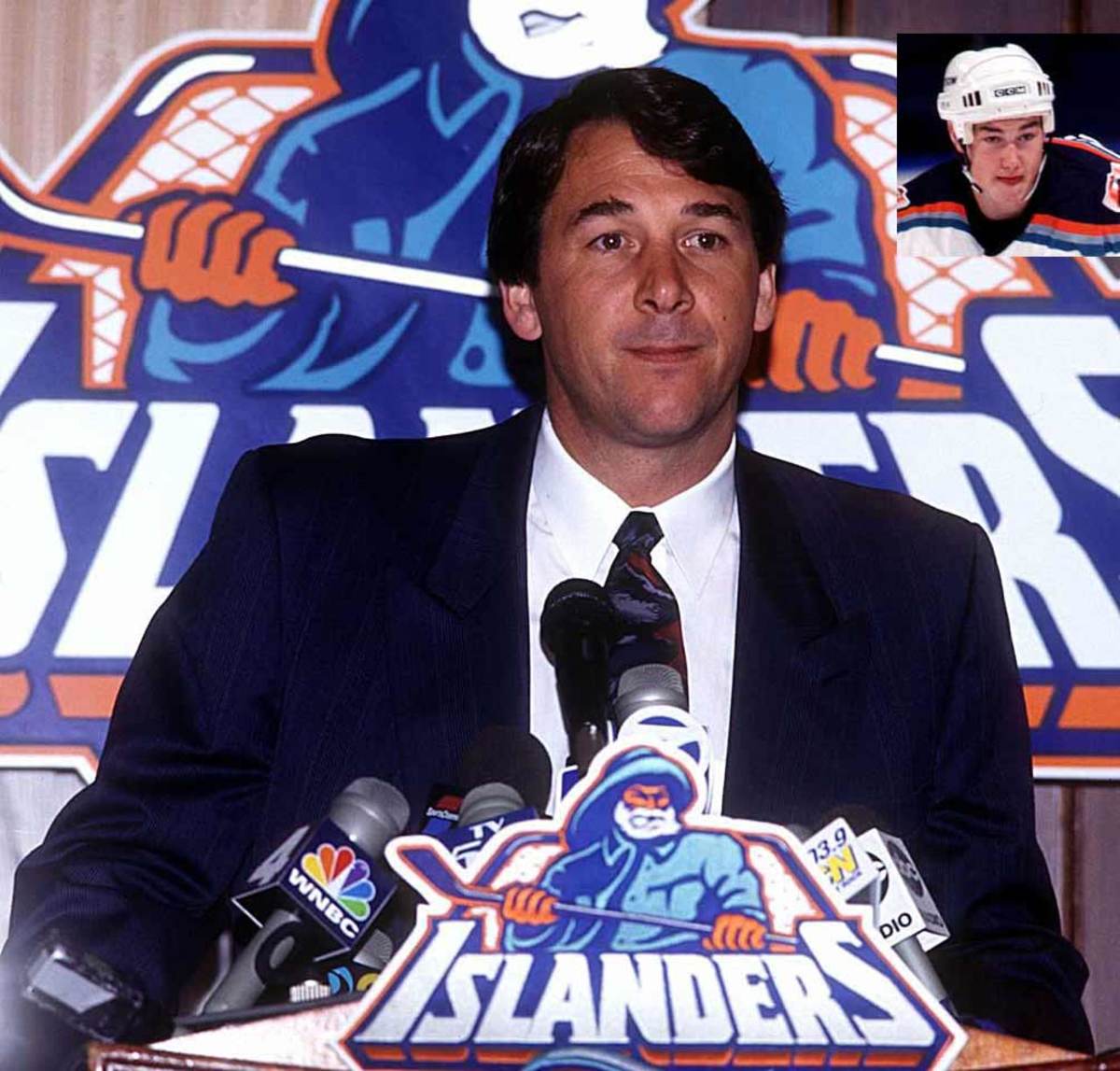
“The kid’s playing like he’s sniffing glue.”—on Islanders defenseman Eric Brewer (inset) in 1998.
Ted Nolan
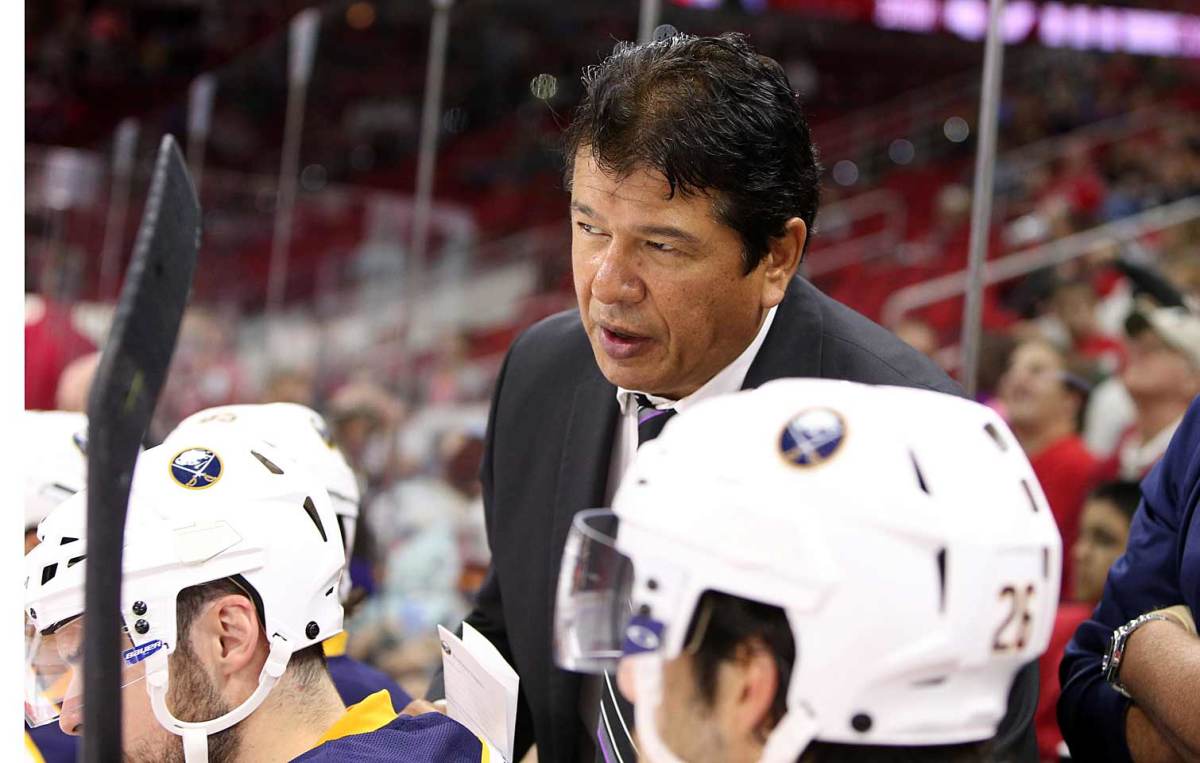
“That was like an NHL team playing against a pee wee team. They dominated us from start to finish. They did all the right things and everything that we could do wrong, we did wrong.”—after his Sabres were outshot 44–12 in a 5–1 loss to the Ducks on Oct. 13, 2014.
Mike Keenan
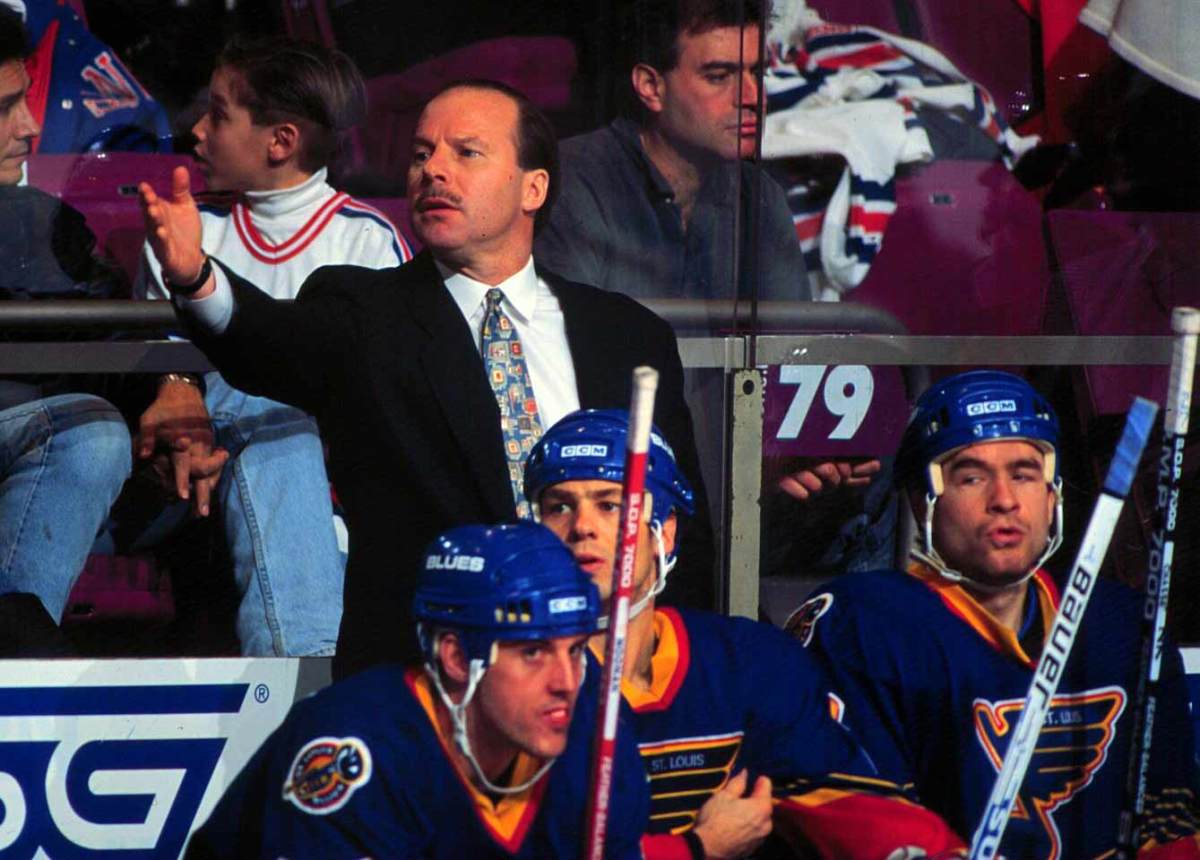
“They're standing around and looking at each other, saying, 'We've got a hell of a lot of talent so we don't have to work.’ ”—about his Blues, April 1995
RT: It’s a healthy area. A lot of people go hiking, a lot of people work out, a lot of healthy places to eat. That hasn’t changed. When I was there in 2000, it was that kind of lifestyle. I like that. The arena in Glendale hasn’t changed. I was there coaching with Wayne at the end there. When I played there, I thought the fan base was incredible. It was a hot ticket in town. Now, that’s something that’s [owner] Andrew Barroway’s goal. He wants to be a hot ticket again, where it’s going to be a great atmosphere to go to a hockey game. That’s got to change.
SI: Last thing. There’s this YouTube video. It has a modest number of videos, 75,000 or so. You have a mullet. And you’re teaching the camera how to make spaghetti. And that’s it. That’s literally the entire thing.
RT: Oh, man. You know how many people bust my chops about that? I get that all the time. I forget what network in Pittsburgh it was, but they wanted me—because I have Italian background—to go grocery shopping and come with me, getting ingredients. At the time, my mom had special spaghetti sauce. Nowadays I’d probably do it. But back then, I just didn’t want to. So I compromised. I said, “Come over to the house, I have some frozen pasta from scratch from my mom,” and they’ll cut something funny together.
And it still haunts me today. Everywhere I go, I always get at least one person say, “Hey, I saw that video of you making spaghetti.”
SI: So you know that when you get into training camp, this is coming up.
RT: It always comes up everywhere. When I first took the job, eventually it filtered through the room and guys said, “Hey, nice hair. Nice jeans all hiked up. Nice T-shirt.” I love that stuff. I’m sure I’ll get it from the young guys. They YouTube stuff all the time.
Nothing’s sacred, you know?
